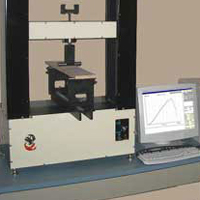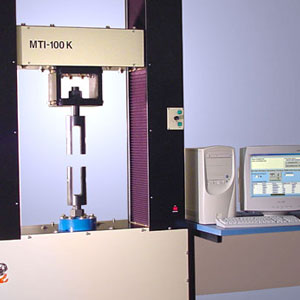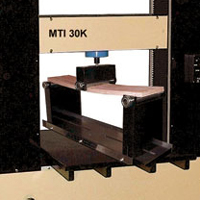Types of bending test fixtures and where to buy them?
Bending test fixtures are used to convert the axial or rotary motions of the ELF and Instron fatigue testers into various types of bending motions or motions that combine bending and other activities. Measurements Technology, Inc. has created many bending test fixtures for this reason, all of which are based on the test's primary function. These fixtures are designed to hold a statistically significant number of specimens and are frequently modified to satisfy the test requirements of the customer's device design. All of these test parameters can be combined with PBS baths or fluid flow to create medically relevant environmental conditions.
The pure bending test fixtures:
In pure bending test fixtures, a bending moment is
delivered to the device's proximal and distal ends, resulting in a pure bending
configuration at the device's center.
Bending test fixtures with a cantilever:
In cantilevered bend test fixtures, the proximal end of
the specimen is fixed while the distal end is displaced orthogonally. As a
result, the device's component closest to the fixed end bends.
The Combined cantilevered/pure bending test fixture:
The proximal end of the specimen is fixed in the
combination cantilevered/pure bending test fixture, while the distal end moves
along an arc with a fixed radius. Because it resembles the wagging of a tail,
this test is known as the "wag" test. The specimen can either be
wrapped around a known radius mandrel or it can "find" its own radius
of curvature.
Bending test fixtures with a constant radius:
Bending fixtures with a constant radius are designed to
apply a bending moment at a predetermined radius. This type of testing is known
as "bending on a mandrel." The proximal end of the specimen remains
stable during this operation, while the distal end moves in an arc. The specimen
is bent over a predefined radius mandrel to guarantee that the bend has a
constant radius. This test can be used to generate predictable positive and
compressive stresses.
The shear-induced bending test fixtures:
By providing a shear motion to one or both ends of the
specimen, shear-induced bending test fixtures bend and shear the device.
Normally, the specimen is permitted to define its own radius of curvature based
on the motions imparted.




Comments
Post a Comment